Mavic’s aluminium Crossmax XL 29 wheels are designed for trail riding.
Using the brand’s Fore technology, their fully sealed rim bed doesn’t need rim tape. The brand claims this makes tubeless setup easier than other offerings on the market.
My set of 29in, six-bolt disc pattern, XD driver freehub and 110x15mm (f) and 148x12mm (r) axle wheels weigh 2,010g and cost £530.
On the trail, they feel flexy and springy with little damping. Pushed hard into a turn, the steering axis doesn’t remain straight from stem to hub as the rim flexes; there’s an amount of steering vagueness.
Their spokes can be heard pinging off one another as the wheels cycle in and out of tension, which can be distracting.
True to Mavic’s word, however, tubeless inflation is a doddle and certainly appealing to home mechanics.
Overall, they’re neither exceptionally light nor cheap and other brands’ offerings (such as Just Riding Along’s Ravine) are more tempting.
Mavic Crossmax XL 29 wheelset details and specifications
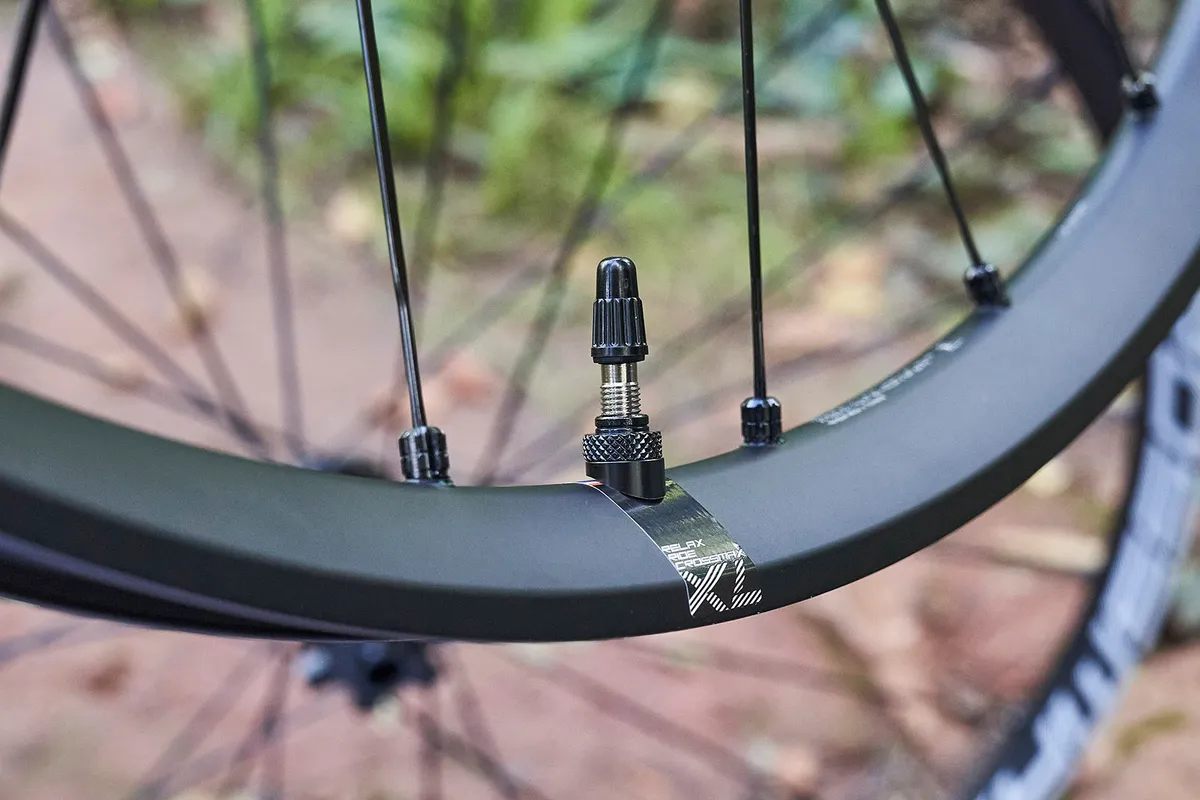
Mavic’s Infinity hubs feature a ratchet freehub system. Microspline, HG or XD freehubs are all available and easily swapped.
Centre Lock and six-bolt disc mount options also exist.
The hub’s bearing preload is automatically adjusted and they’re triple-sealed against the elements.
There are 24 straight-pull bladed double-butted spokes per wheel and two spare spokes (per wheel) are included.
These are laced to 29mm internal-width and 10mm-depth rims (measured).
The rim’s fully sealed internal design forgoes nipple holes and rim tape; rather than inserting the nipples from within the rim, they’re threaded into its external surface.
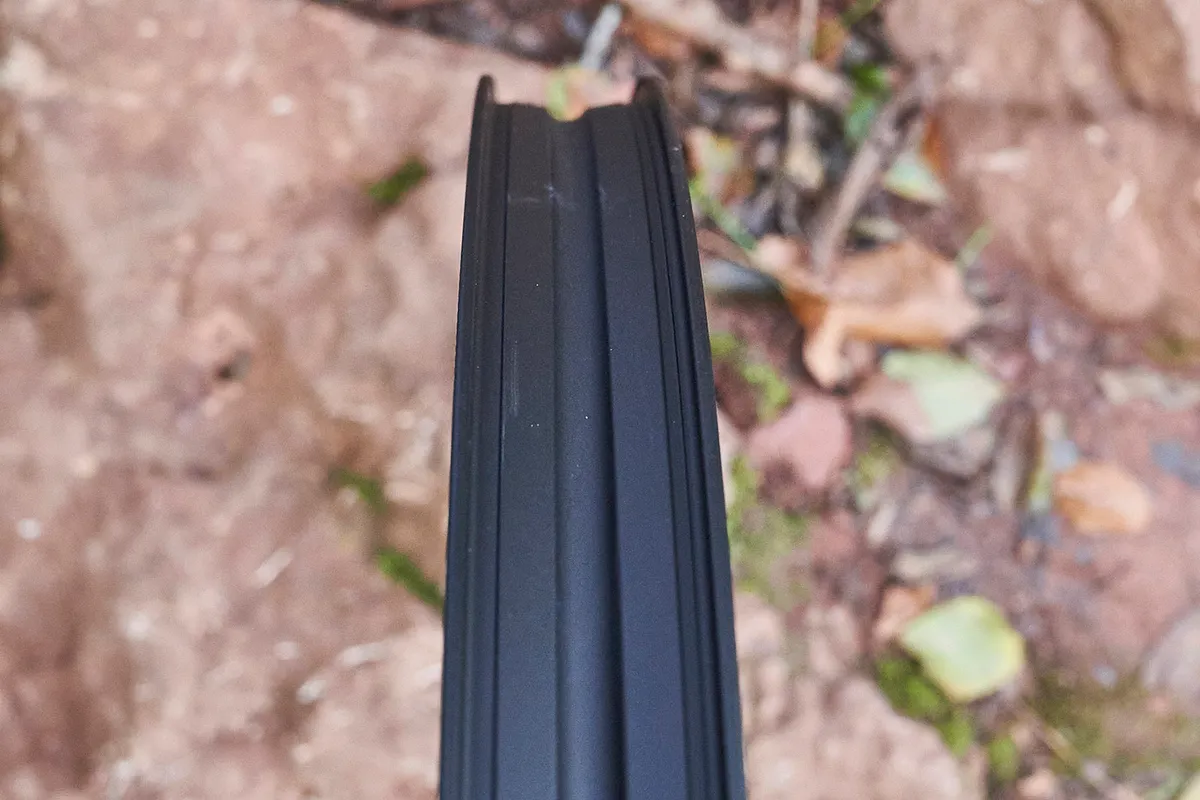
Dubbed ‘Fore’, Mavic claims this technology is stiffer and stronger than drilling the rim bed.
At the join, the rim is welded rather than bonded and then milled for a smooth finish. Finally, it's coated with Black Shield, which is claimed to improve impact and scratch resistance.
Tyre levers, which also function as spoke keys, are supplied along with tubeless valves.
System weight isn’t permitted to exceed 150kg and they’re compatible with tyres from 2.35in to 3in wide.
My set of test wheels weighed 2,010g, with the front tipping the scales at 930g and the rear 1,080g.
Mavic Crossmax XL 29 wheelset performance
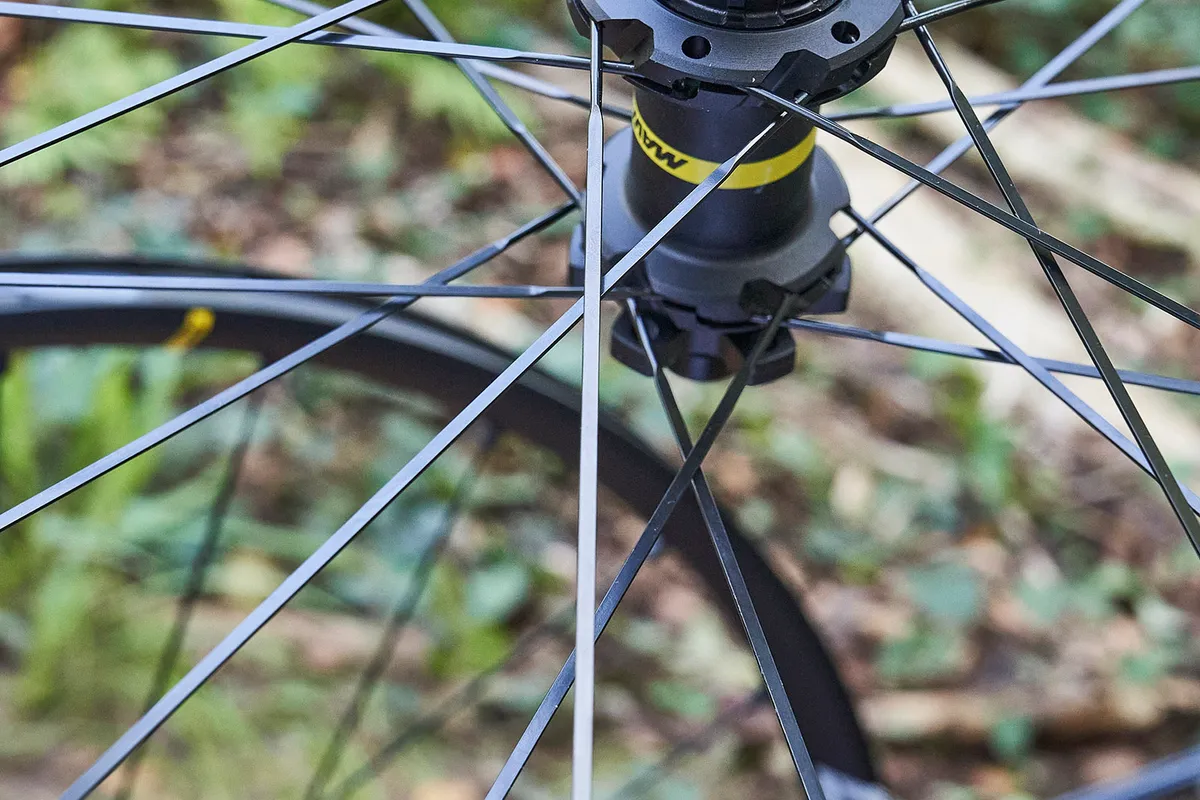
Setup and tubeless inflation
Tyres are easy to fit without levers, as long as their bead is pushed into the rim bed.
However, the aggressive rim hook makes removal a little trickier than other mountain bike wheels; a reasonable amount of strength is needed to break the bead’s seal.
Tyre levers are also needed to get the tyre off the rim.
Using a high-volume track pump, inflation is easy, and the tyres fully seated and sealed at just 15psi.
Given their sealed design, no significant amount of air was lost during the test period and the benefits of no rim tape – and not having to fit any yourself – are not to be underestimated.
On-trail feel
The Crossmax XL transmits no harshness into the handlebar, doing a sterling job of insulating the rider from trail buzz.
That smooth feel comes at a cost; they’re also quite flexy and undamped.
Weight the bike through a sharp turn or change direction quickly and the wheels flex, but then rebound back to shape with a fast, uncontrolled feel.
Although this makes them seem light and responsive, it also adds unpredictability; it’s hard to gauge how much and when they’re going to rebound.
This leads to a lack of traction too, where the wheels are more likely to slip than grip.
Steering feel is also compromised. Push hard into a flat turn and the stem-to-hub connection can seem vague, with the steering axis not remaining straight.
Spoke noise exacerbates this. Clatter unsympathetically into a rock garden and the spokes twang and ping against one another as they cycle in and out of tension, resulting in a distracting din as you ride.
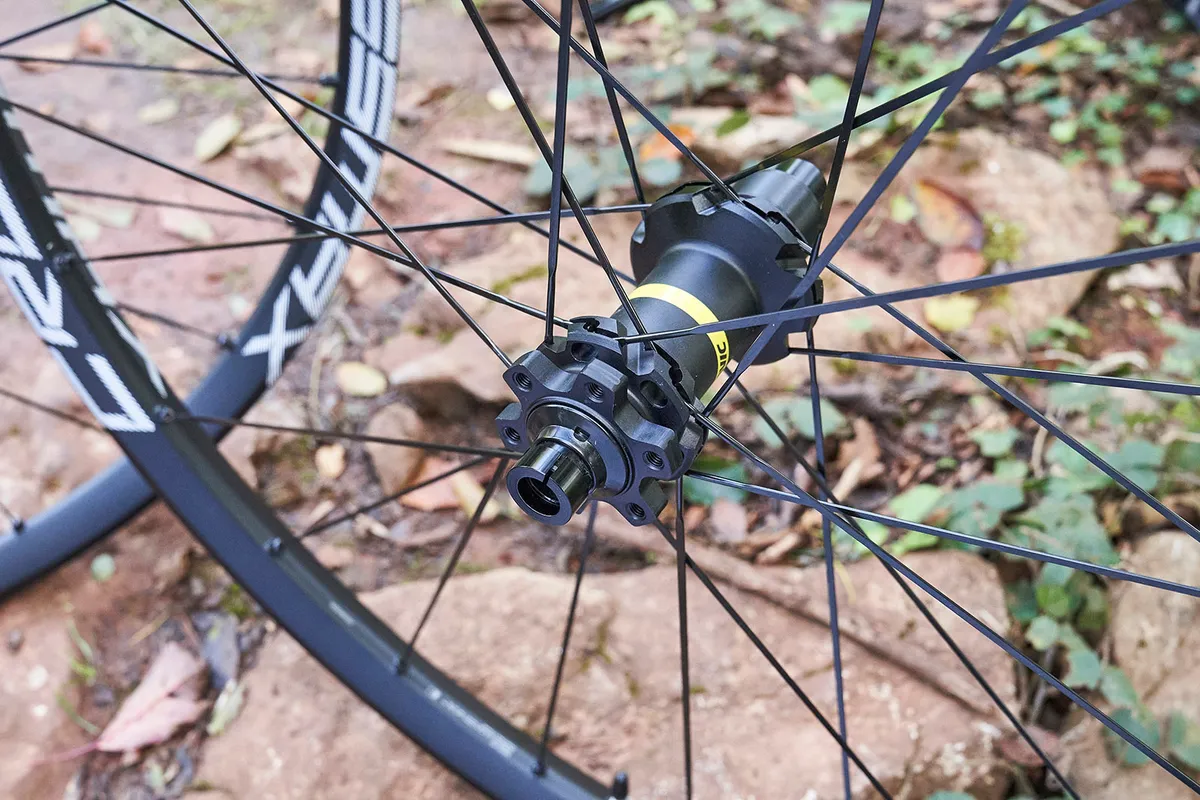
Although some controlled and damped flex is arguably good, in the case of the Mavics there’s just too much deflection.
Unsurprisingly, the rim holds on to tyres well, even in high-load berms. There was no burping or pressure loss in even the rowdiest of terrain.
Their 29mm internal width gives them a rounded profile, helping improve transitional grip as you lean the bike over.
Hub pickup felt quite slow, but is no worse than the DT Swiss 370. Riders used to speedier engagements, such as from Hope’s Pro 5, may be disappointed, however.
Their proprietary nipple design and bladed straight-pull spokes might be limiting for riders looking to do emergency repairs; most shops stock traditional nipples and J-bend spokes.
Riders will always need to carry Mavic’s dedicated spoke key with them, too.
How do the Mavic Crossmax XL 29 wheels compare to the Just Riding Along Ravine and Hope Fortus 30 SC Pro 5?
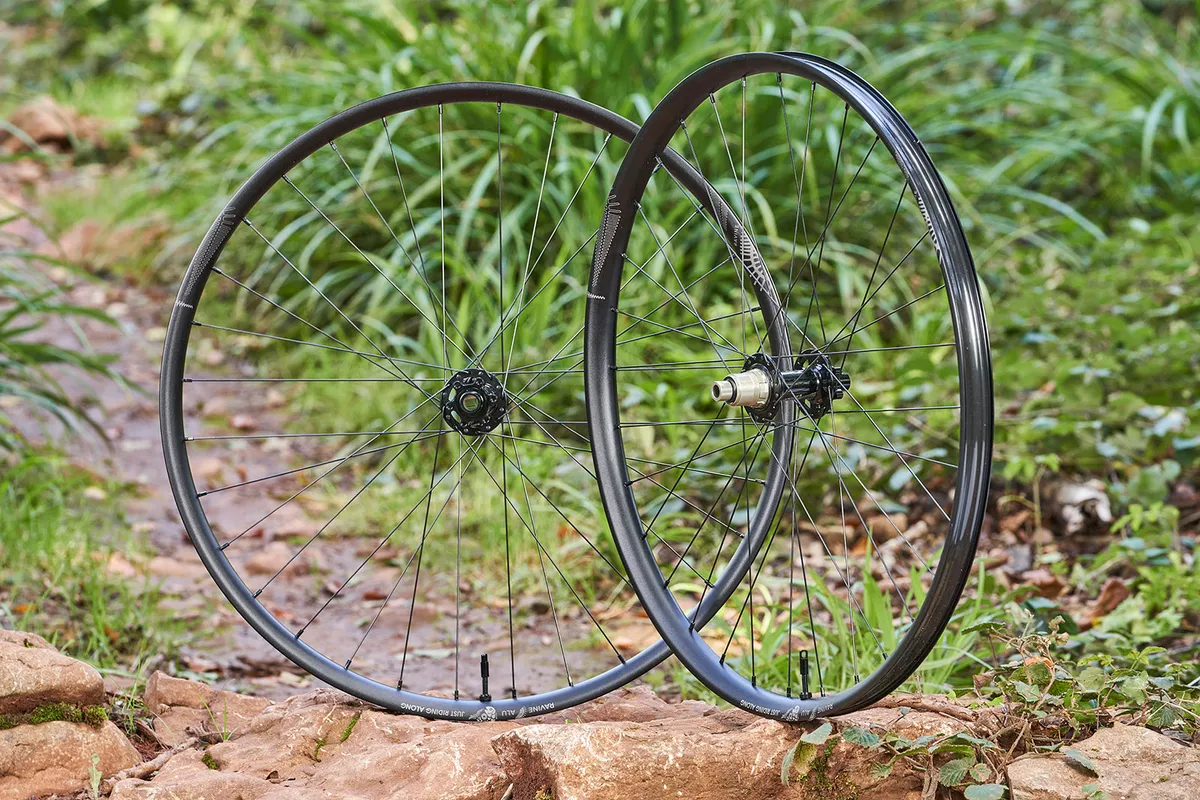
Weighing 220g more than JRA’s Ravine, but 210g less than Hope’s Fortus, the Crossmax XL wheelset sits in the middle of the trail wheels category.
However, their flexy and nervous feel makes them seem closer to a lightweight cross-country (XC) wheel than a fully-fledged trail shredder.
If you’re after a more robust ride, the Fortus wheels should be your first consideration.
But it’s the JRAs that come out on top. Shaving a chunk of weight over the Hopes and Mavics, they also feel better on the trail, with plenty of smoothness and more damping to boot, all at a lower cost.
For those who prioritise ease of tubeless installation and having no rim tape, the Mavics are still a sound prospect – as long as you’re a lighter rider.
Mavic Crossmax XL 29 wheelset bottom line
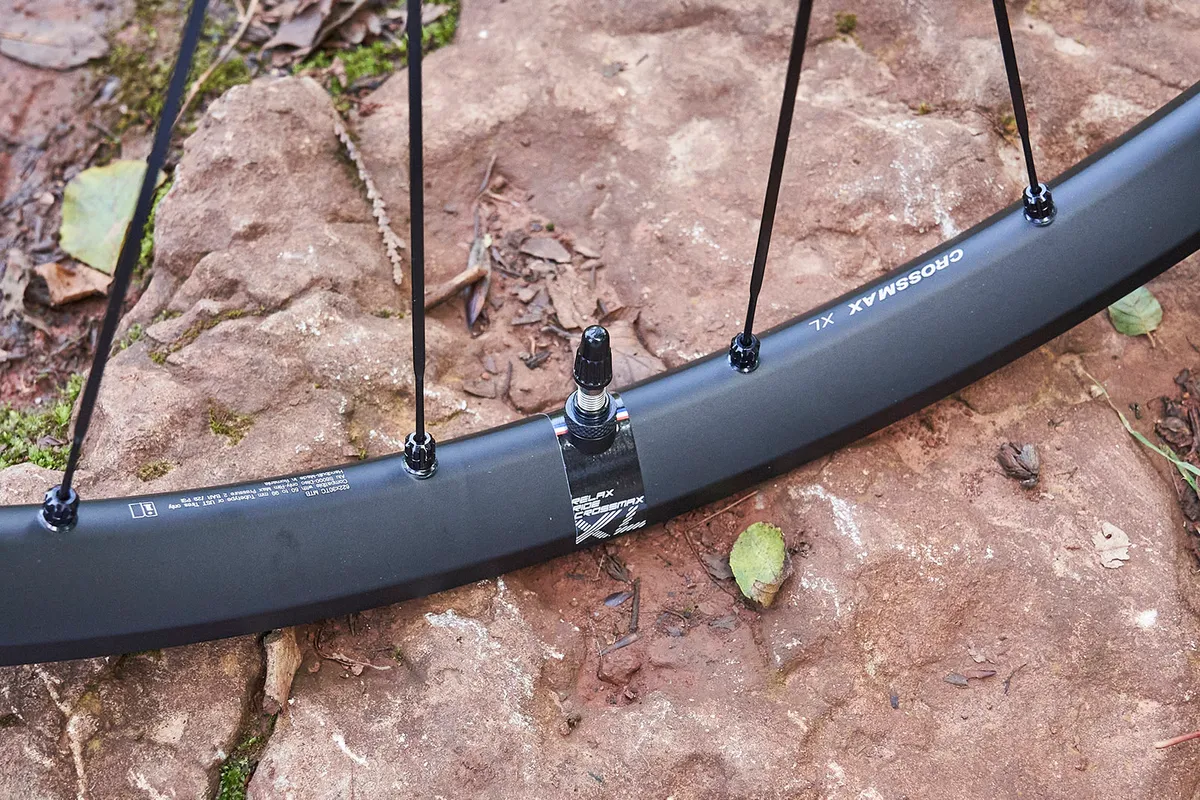
Quick tubeless installation and inflation, along with plenty of on-paper tech, isn't enough to compensate for the Mavic wheels' springy and flexy ride.
People looking for the feel of a lightweight wheel will probably want to see a corresponding reduction in weight, which unfortunately, the Mavic Crossmax XL 29 doesn’t offer.
For the price, there are better options on the market.
How we tested | mountain bike wheels
Alex rode the same test loop time and time again to find the strengths and weaknesses of each of these trail-focused wheels.
The loop took in a huge variety of terrain types, from typical, winding UK trail-centre climbs and descents to natural off-piste and high-speed bike-park style runs. Some wheels were quick to show their character, while others needed extensive riding to define their feel.
Tested on a Marin Rift Zone XR – an archetypal modern trail bike – Alex used the same Maxxis Assegai EXO 29x2.5in tyres on each set, inflated to the same 25psi front, 27psi rear pressures.
Weighing 74kg wet, Alex isn’t particularly heavy, but he rides hard and is well known for breaking all manner of bike parts, wheels included.
Wheels on test
- Just Riding Along Ravine review
- Mavic Crossmax XL 29 review
- Hope Fortus 30 SC Pro 5 review
- Crankbrothers Synthesis XCT 11 Carbon review
- Reynolds Blacklabel 329 Trail Pro review
- FFWD Outlaw review
Just Riding Along Ravine wheelset performance
Product
| Brand | Mavic |
| Price | €589.00, £530.00, $589.00 |
| Weight | 2010g |
Features
| Rim material | aluminium |
| Tubeless compatibility | tubeless_ready |
| Wheel size | 29in_700c |
| Brake type simple | disc |
| Hubs | INFINITY |
| Spokes | Bladed straight pull |
| Rim depth | 21mm |
| Rim internal width | 29mm |
| Features | Front: 930g (110x15 Boost, 6 bolt disc) Rear: 1080g (148x12 Boost, XD Driver, 6 bolt disc) Internal rim depth: 10mm External rim width: 34mm Sidewall width: 2.5mm |
| Spoke count | 24 |
| Spoke count | 24 |
